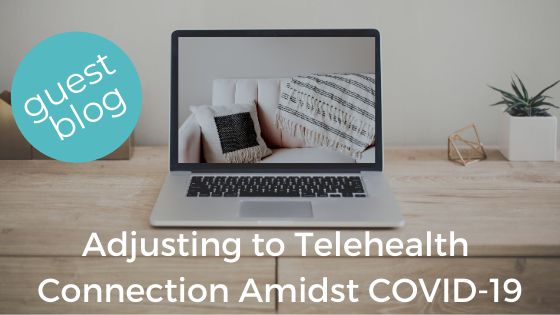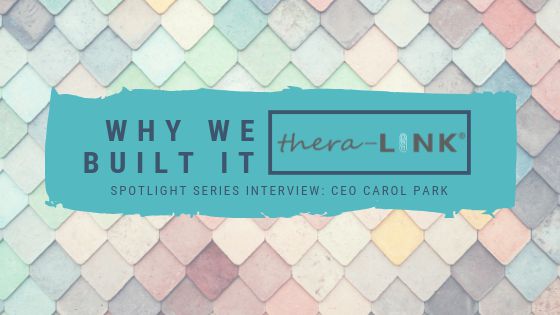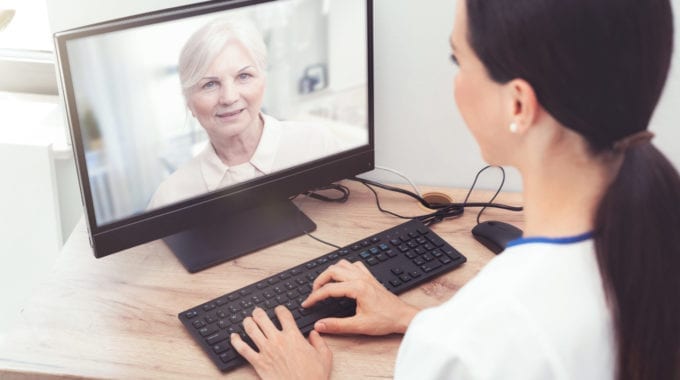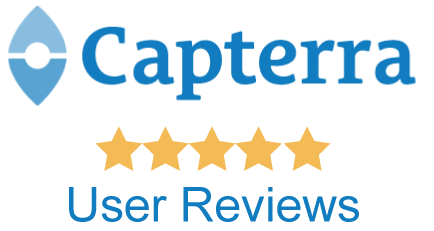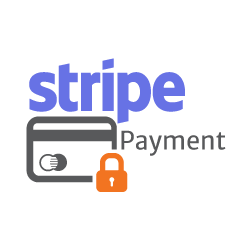Adjusting to Teletherapy Connection Amidst COVID-19, Part 1
Can You Hear Me Now…?
In a former Verizon cellular service campaign, the “Can you hear me now?” tagline poked holes at the competition. It was a phrase often used by consumers who were frustrated that their phones kept losing the connection while in the middle of a call. Today, even before the onslaught of the coronavirus, mental health providers have looked frustratingly at online technology and thought, “Will I have to see them online now?”
As a self-confessed “dinosaur”-minded novice to the digital age, I empathize with the concern many mental health providers have regarding the adoption of telehealth: will I still be able to effectively connect with my hurting clients from an online platform like I can in my office setting? In Part 1 of this 2-part series, I will give a quick review of some history and current events to show that these connection concerns are understandable but unfounded. In Part 2, I will give suggestions for how mental health providers can effectively navigate the online terrain to make sure their potential clients can “hear them now” so that connection between client and provider remains crystal clear.
Client Connection In Popular Culture
In order to understand the present situation of the mental health field, we must examine some information about its past. Here’s a quick summary:
The foundation of the therapeutic process began as a dyadic exchange. The dyadic exchange occurred within the four walls of a room. The room’s four walls became the initial construct for confidentiality. Confidentiality became the bedrock for facilitating safety and trust in the dyadic therapy exchange. This safety and trust must be present, regardless of the modality of treatment. It facilitates the process of and path towards healing and change in a client’s life. Movies like Faces of Eve, Cybill, and One Flew Over The Coo-Coo’s Nest reflected society’s prevailing “unconscious” zeitgeist regarding their view of mental health providers during those times.
Each of these movies depicted practitioners applying their therapy methods within impersonal organizational systems. Despite the obstacles, they still “got the job done” in helping their clients. Later films, like Good Will Hunting, began to draw back the curtain on not only the client’s experience but also the provider’s. Albeit in drama form, such films started to show the processes, intricate natures, and benefits of establishing safety and trust within the mutual therapy relationship between client and provider.
Human Connection and Tech
In less than 30 years since the birth of the Internet, the Orwellian growth and infiltration of technology into the fabric of human interpersonal relationships is mind-blowing. Technological advancements from industrial markets have seeped into consumer markets with an ever increasing personalization of the customer experience. Potential customers’ data is gathered and consolidated into algorithms that then predict their future behavior. Predicted patterns are then curated and monetized.
In the beginning, consumers were introduced to personalized experiences through computer and video games, but game avatars created an experience of isolation. That isolating effect soon morphed into exploring solutions for outward social interaction. Soon, the quest for human (“face-to-face”) social interaction sparked a merging of the two worlds — technology and the human need for connection. This led to the eventual current and ever-changing methods of human connection through social media technology.
Make Room for Connection
For those clinicians who are wetted to the foundations of a clinical mental health delivery model, the current pandemic’s call for social distancing can make them feel as if they have been kicked out of their own field. Some practitioners may feel attached to the notion that there is only one way to deliver therapy – in person. Others may assume that their clients won’t be able to adjust to the new format, which may just be a projection of the practitioner’s fears of their own inability to adjust. While some clients may indeed be resistant to online therapeutic delivery, the vast majority of people are already acclimated to the online landscape of connection provided by social media technologies. People are already accustomed to receiving their “face-to-face” interactions through online platforms.
So, to the providers who fear a lack of connection when using telehealth, remember this: your clients live in a world in which online connection is already the norm! The only thing standing between you and a quality online connection with your client is your own perception.
Summary
Since the national social distancing efforts to quell the spread of the coronavirus, mental health providers have been forced to face their past — clinical training, clients’ perceptions, and clients’ consumer experiences — so that they can effectively engage in their clients’ present. In Part 2 of this series, I will address how mental health providers can effectively establish connections with potential clients online in the current pandemic landscape.
Dr. Michelle Deering is a North Carolina- & New Jersey-licensed clinical psychologist, nationally board-certified sport psychologist, professional speaker, podcaster (The Mom Stops Here™), and bestselling author (What Mothers Never Tell Their Daughters: 5 Keys To Building Trust, Restoring Connection, & Strengthening Relationships). She is founder and CEO of Curative Connections, a premier consulting firm in the Triangle Area of North Carolina. Help your online clients and give them this link for a copy of the FREE PDF– “QUESTION-BUSTER: 7 Questions Insurance Companies Don’t Want Your Online Client To Ask.

